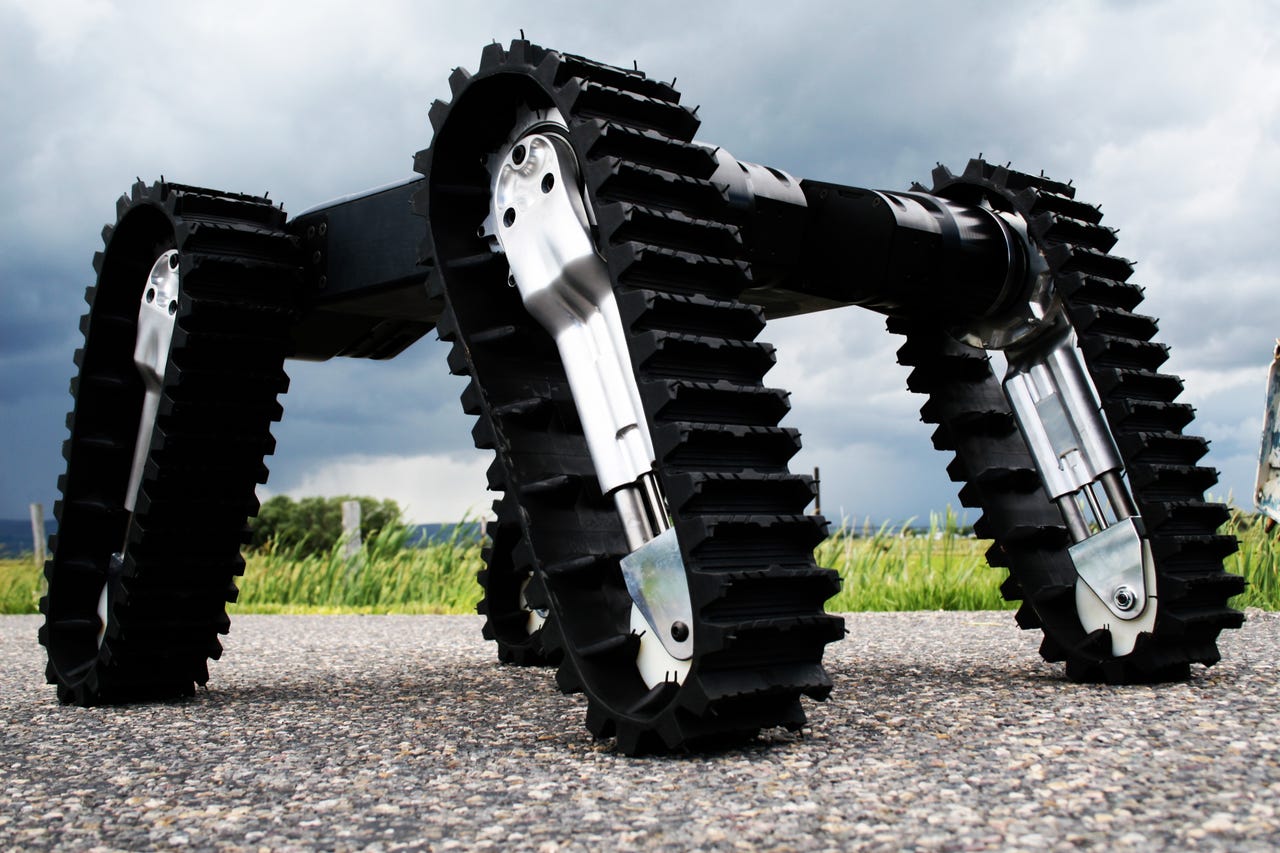Robots and drones: Coming soon to a construction site near you


Advancements in the robotics field are helping to transform a number of industries, construction being one of them. Companies that build things can expect to see a host of new machines that perform a variety of tasks -- adding efficiency to construction projects as well as reducing injuries to human workers.
Robotics
"More and more construction companies are beginning to realize and appreciate the value of robots at the jobsite," said Al Cervero, senior vice president, construction, mining & utility, at the Association of Equipment Manufacturers (AEM).
"Robots not only increase precision but also improve working conditions from an ease and safety perspective," Cervero said. "Unmanned and autonomous machines will soon become the norm. In fact, these types of machines are being produced and sold by almost every manufacturer," that is part of the AEM, according to Cervero.
Automation is primarily seen today in mining and farming, Cervero said, because these sites are constant from day-to-day and year-to-year. "With farming, whether the job is planting, fertilizing or irrigating, each step is similar to the previous step," he said.
In construction, automation is more challenging due to the complexity of the work and the fact that every site and every project is constantly changing.
"In fact, you could potentially have multiple fleets of different machines that are all working simultaneously on all aspects of the job," Cervero said. "Drones could also be considered robots in a way and are frequently being adapted to many construction projects to map, document and in some cases control the site itself."
A construction project is paid, in many cases, by completion. Data analytics and drones are being used today to map the progress and completion of a phase, and then to map the next phase, Cervero said. "Data analytics and telematics are also used to understand how a day-to-day process on a construction site can be improved and made more efficient," he said.
These technological advancements have made it possible for construction machinery to constantly transmit all kinds of data to cloud-based systems, while the cloud-based systems are simultaneously communicating back to the machines to understand the next step of the building process, Cervero said.
Wearable devices "are another clear indication of how new technology works with robotic/autonomous construction equipment," Cervero said. "Wearables can identify safe and unsafe locations on the jobsite and provide overhead display of a project via augmented reality that digitizes real-time plans for comparative and next phase planning."
AEM is holding its CONEXPO-CON/AGG show March 7-11 in Las Vegas, where many of these newer technologies will be on display. The exhibit will feature everything from autonomous and remote-controlled machinery to the first-ever 3D-printed excavator. Other products include advanced drones for mapping, wearable radio frequency identification vests, visual augmented reality display hard hats, solar-powered roadways, and self-healing asphalt.
Just a glance at some of the sessions provides a sense of where the industry is going:
- Autonomous Machines: The Future is Now
- The Next Generation Job Site: Drones
- Extracting Big Results from Big Data, 3D Imaging, & the Internet of Things: Heavy ROI for Heavy Equipment
- Optimizing Your Jobsite: Overcoming Skilled Labor Challenges With Machine Controls & Data Analytics.
No, robots won't take your job -- just part of it: